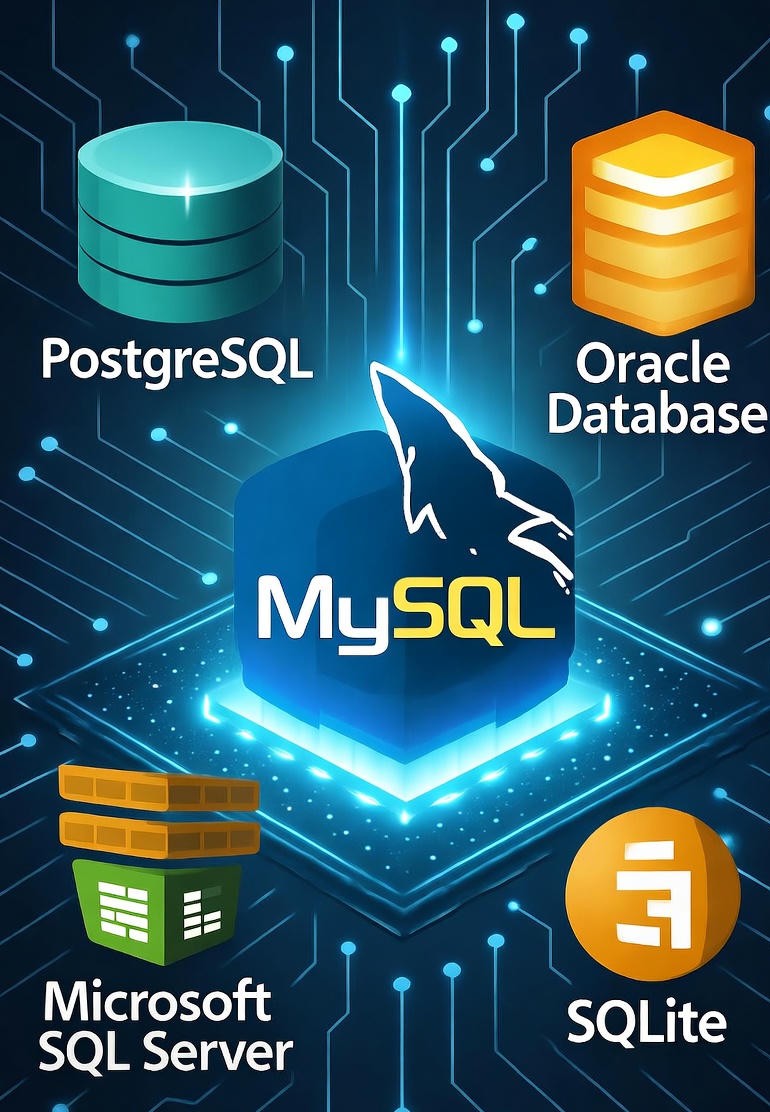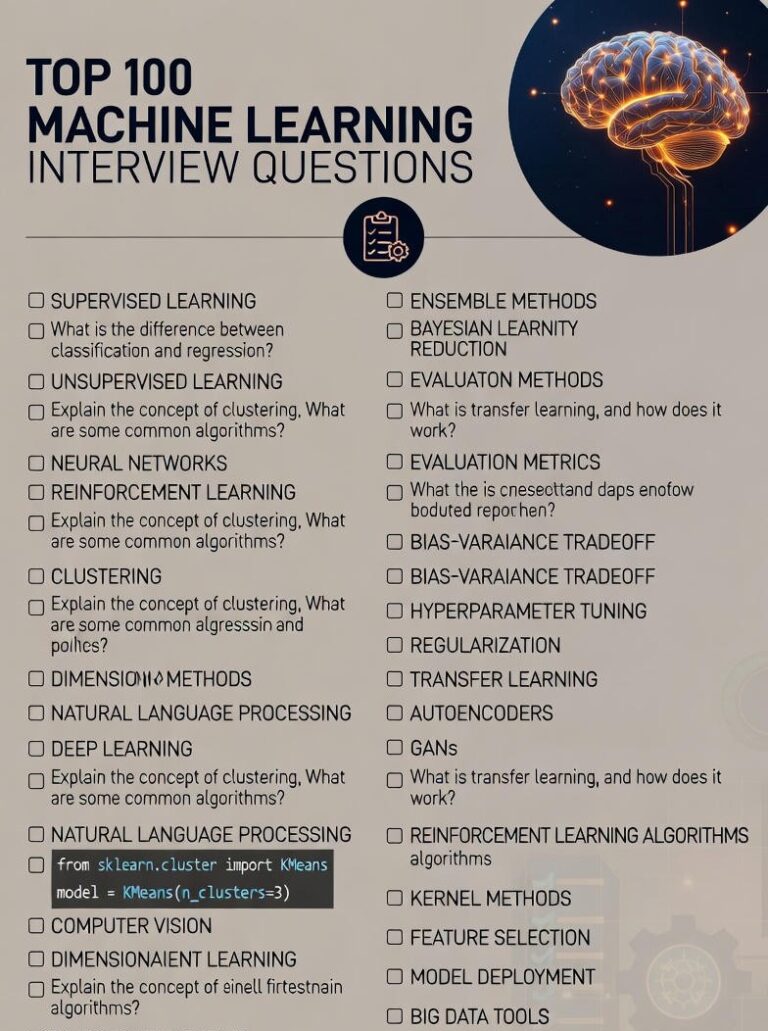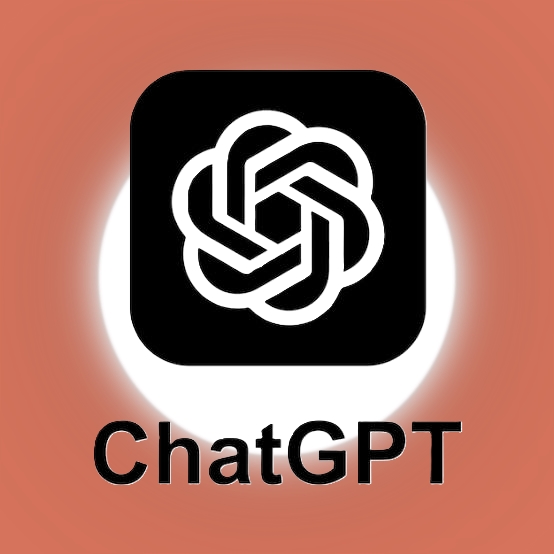
MySQL, and how does it differ from other relational databases
Definition:
MySQL is an open-source Relational Database Management System (RDBMS) that uses Structured Query Language (SQL) to create, manage, and manipulate data in databases.
It’s widely used in web applications and is a core component of the LAMP stack — Linux, Apache, MySQL, PHP/Python/Perl.
Key Features of MySQL:
- 🔹 Open-source and free, with paid enterprise editions available.
- 🔹 Cross-platform compatibility (runs on Windows, Linux, macOS).
- 🔹 Multiple storage engines (like InnoDB, MyISAM).
- 🔹 High performance for read-heavy operations.
- 🔹 Scalable and reliable, suitable for both small and large-scale applications.
- 🔹 Strong community support and continuous updates by Oracle.
How MySQL Differs from Other RDBMSs:
| Feature | MySQL | PostgreSQL | SQL Server |
|---|---|---|---|
| Licensing | Open-source (also paid editions) | Open-source | Commercial (Express is free) |
| Performance | Fast for read-heavy operations | Better for complex queries | High performance with tuning |
| JSON Support | Limited compared to PostgreSQL | Strong JSON support | Good JSON support |
| Replication | Built-in replication features | Logical & streaming replication | AlwaysOn Availability Groups |
| Use Case | Web apps, CMS, e-commerce | Data warehousing, GIS, analytics | Enterprise-level applications |
In short:
🧠 MySQL is best suited for web-based and lightweight applications, while PostgreSQL excels in complex analytical and data-driven systems, and SQL Server is ideal for enterprise-level solutions.







